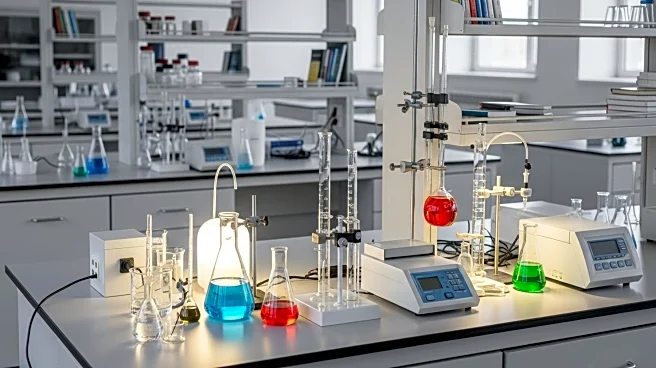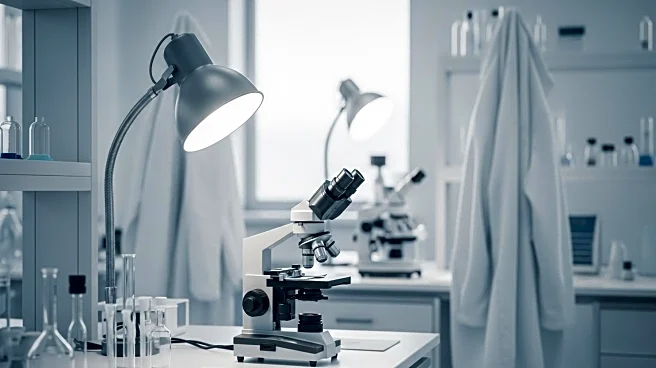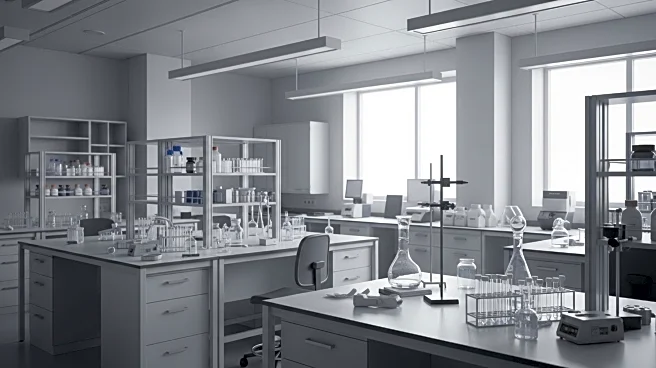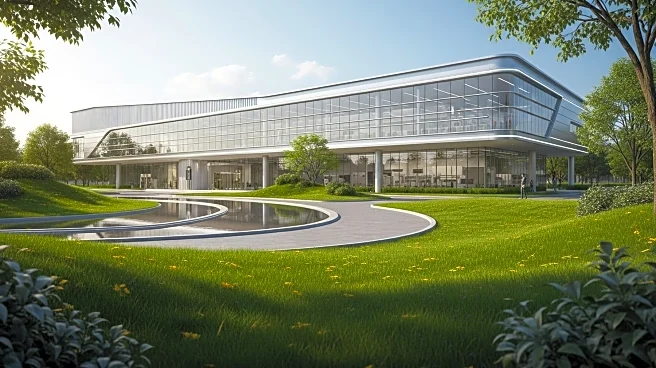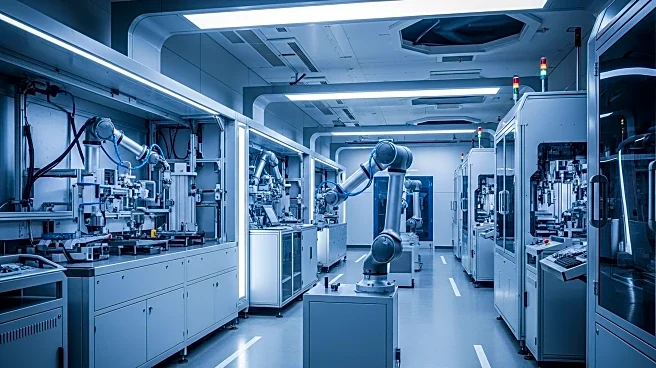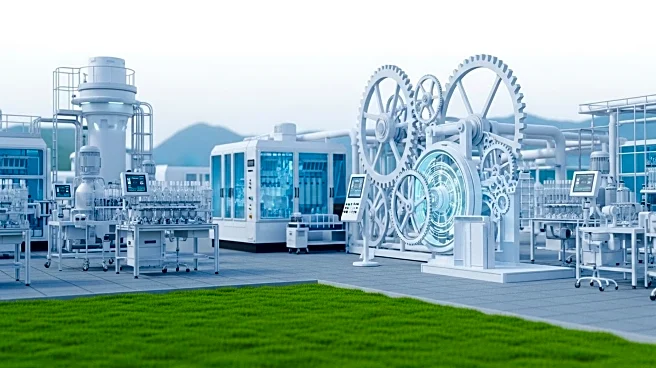What's Happening?
The life sciences sector in the U.S. is experiencing an oversupply of lab space, with 61 million square feet available for lease out of a total 205 million square feet. JLL, a real estate services firm, estimates that 30 million square feet must be absorbed or removed from inventory to return to a neutral market. This situation has arisen due to aggressive building over the past four years, tripling available space. The vacancy rate for lab buildings has increased from 6.6% in 2022 to 27% in 2025, with many labs delivered during this period remaining vacant.
Why It's Important?
The oversupply of lab space in the life sciences sector highlights the challenges faced by developers and investors in adapting to market demands. The high vacancy rates indicate a shift in investment focus, with AI-native biotechs requiring less physical space compared to traditional biotechs. This trend could lead to changes in how lab spaces are designed and utilized, impacting real estate strategies and investment decisions. The situation also underscores the need for adaptive reuse or demolition of excess space to stabilize the market.
What's Next?
To address the oversupply, developers and owners may consider repurposing vacant lab spaces for other uses or investing in renovations to attract new tenants. The emergence of 'tough tech' or 'deep tech' tenant groups presents opportunities for innovation in lab design and utilization. As the market seeks equilibrium, stakeholders might explore partnerships with AI and biotech firms to align space offerings with evolving needs. The recovery process could take several years, requiring strategic planning and collaboration among industry players.
Beyond the Headlines
The current state of the life sciences sector could lead to broader implications for scientific research and innovation. The shift towards AI-driven biotechs may accelerate advancements in healthcare and pharmaceuticals, influencing global competitiveness. Additionally, the need for adaptive reuse of lab spaces could inspire sustainable practices in real estate development, promoting environmental responsibility. This situation also raises questions about the future of traditional biotech firms and their ability to compete in a rapidly changing landscape.

